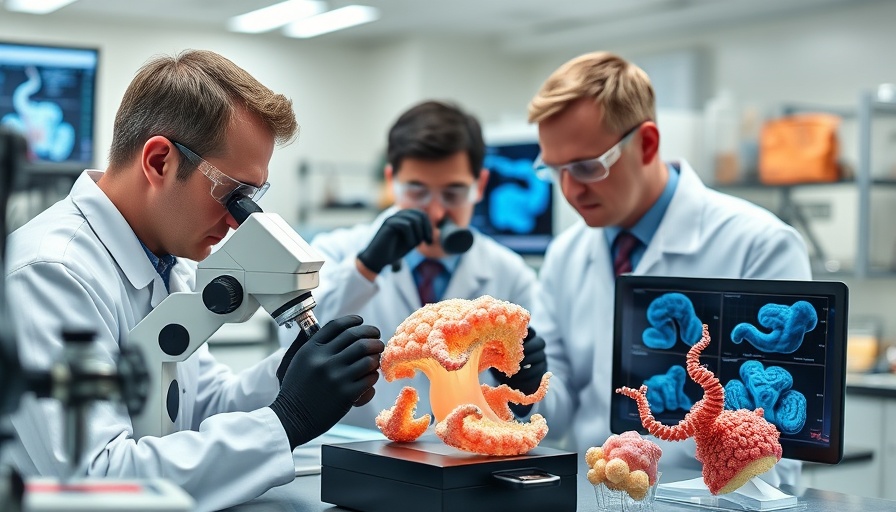
Understanding the Bat Organoid Revolution
The world of scientific research is moving at a fast pace, especially in the field of pandemic preparedness. Recent developments from the Institute for Basic Science (IBS) in Korea may be a game-changer in this area. Scientists have created the largest and most diverse bat organoid platform to date, paving the way for innovative research on viruses transmitted from bats to humans. This platform consists of miniature organs derived from five species of bats, covering airway, lung, kidney, and small intestine organs. By leveraging these organoids, researchers are better equipped to understand how zoonotic viruses operate.
The Significance of Bats in Infectious Disease
Bats are unique in the natural world, harboring over 75% of new infectious diseases affecting humans. They are natural hosts for several high-profile viruses, including SARS-CoV-2, which has devastated global health and economies. The complexity of studying these viruses has been primarily due to a lack of appropriate biological models. The new organoid platform changes this narrative, as researchers can now mimic the physiology of bats and observe virus behaviors as they would occur in nature. This capability opens doors to urgently needed early detection methodologies and targeted drug testing.
Direct Testing and Virus Behavior Insights
With the new organoid platform, researchers have begun to test prominent viruses that have serious implications for public health. Early findings show that the behavior of these viruses can vary significantly between different bat organs. For example, a virus may thrive in the lung tissue of one bat species but struggle to survive in the kidneys of another. Such nuances provide essential insights into why some pathogens can transition to humans while others remain confined to their animal host.
Decoding Bats' Immune Response
In addition to viral behavior, the organoids have revealed fascinating insights into bats' unique immune responses. Different bat species and organs exhibit varying reactions to the same pathogen, which may explain bats' ability to tolerate high viral loads without succumbing to illness. Understanding these immune mechanisms could be crucial in developing therapies not only for bat-borne viruses but also for human applications.
Discoveries Beyond Expectations
The research team also made significant discoveries during their investigation. Two new viruses were isolated directly from wild bat feces: a mammalian orthoreovirus and a paramyxovirus. Remarkably, one of these novel viruses thrived in the bat organoids but failed to grow in standard laboratory cultures. This stark contrast highlights the limitations of traditional research methods and underscores the value of the newly developed organoid technology.
Impact on Pandemic Preparedness
With the looming threat of future pandemics, the implications of this research are considerable. By providing a more accurate model for studying bat-borne viruses, scientists can enhance the effectiveness of monitoring systems and emergency preparedness actions globally. The newfound understanding of how viruses function in the bat’s body can lead to the development of vaccines and therapeutics capable of intervening before a virus jumps from bats to humans.
Final Thoughts and Importance for Professionals
This groundbreaking work not only contributes to scientific knowledge but also extends its relevance to the realms of public health and corporate strategy in tech-driven industries. For business leaders, understanding how emerging infectious diseases can disrupt markets and daily operations is key to mitigating risks. The integration of advanced biological research into pandemic preparedness strategies can serve as a catalyst for developing innovative health and wellness technologies.
In an age where preparedness is more than just a government responsibility, organizations can leverage such insights to incorporate health tech solutions that safeguard their employees and the public. Remember, it’s not just science; it's a call to the business community to remain vigilant and proactive.
 Add Row
Add Row  Add
Add 




Write A Comment